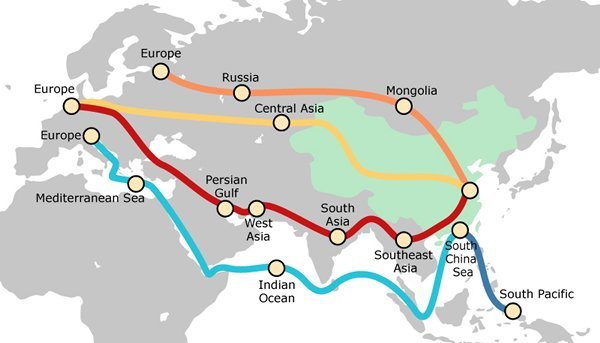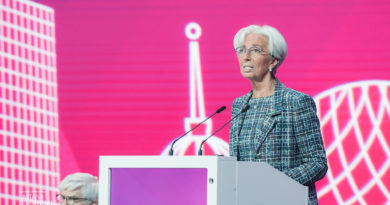Year of the Rooster
This week we welcome in the Chinese New Year of the Rooster, a time of year when Chinese families gather for family reunions and discuss their hopes and plans for the year ahead.
One of the big themes for this year promises to be world trade and the China Belt and Roads initiative (BRI), which aims to unlock the potential of the landlocked production centres in central and Western China. The BRI is an ambitious strategy launched in 2013 which is aimed at boosting the flow of trade, capital and services between China and the rest of the world, involving 65 countries, which together account for 29% of global GDP and 63% of the world’s population. The ‘Belt’ part of “Belt and Road” refers to the historic overland Silk Road trading routes that connected China, via central Asia, to Europe and the Middle East.
Kazakhstan is a crucial crossroads for this strategy, and will be an increasingly important trade partner for European business looking to trade with China through the overland freight routes. Looking to promote its international image in 2017, Kazakhstan will be hosting this year’s EXPO in Astana. The Chinese government expects that its trade with countries along Belt and Road routes will exceed US$2.5 trillion a year within the next decade. China has launched a direct rail freight service to London, as part of its drive to develop trade and investment ties with Europe.
China Railways already run services between China and several European cities, including Madrid and Hamburg. The first freight train from China to London arrived last month (January 2016) taking two weeks to cover the 12,000 mile journey; the route has the advantage of being cheaper than air freight and faster than sea. London is now the 15th European city to join the “New Silk Route”, which passes through Kazakhstan, Russia, Belarus, Poland, Germany, Belgium and France before arriving in the UK. More investment is still needed in infrastructure and administration to speed up journey times and reduce freight handling but the opening up of the Silk Route is creating new opportunities for trade flows in both directions.
China and Kazakhstan are already partnering on the development of Romania as a key energy hub to deliver Kazakh oil from the Caspian Sea into Europe, a strategic move that will give a boost to the economy of Romania and to Europe’s energy security. The EU should welcome and support this investment, with the vision to forge stronger ties with Kazakhstan and China and to encourage the flow of FDI not only in 2017 but also in the decade ahead. According to deputy Belgian Prime Minister Kris Peeters, Belgium will become the next Europe an country to engage in China’s Belt and Road Initiative to better connect with the “New Silk Road.” A natural entry point for trade with Western Europe, Belgium stands to benefit significantly from active participation in the BRI strategy, and I expect that this will happen in the Year of the Rooster.




